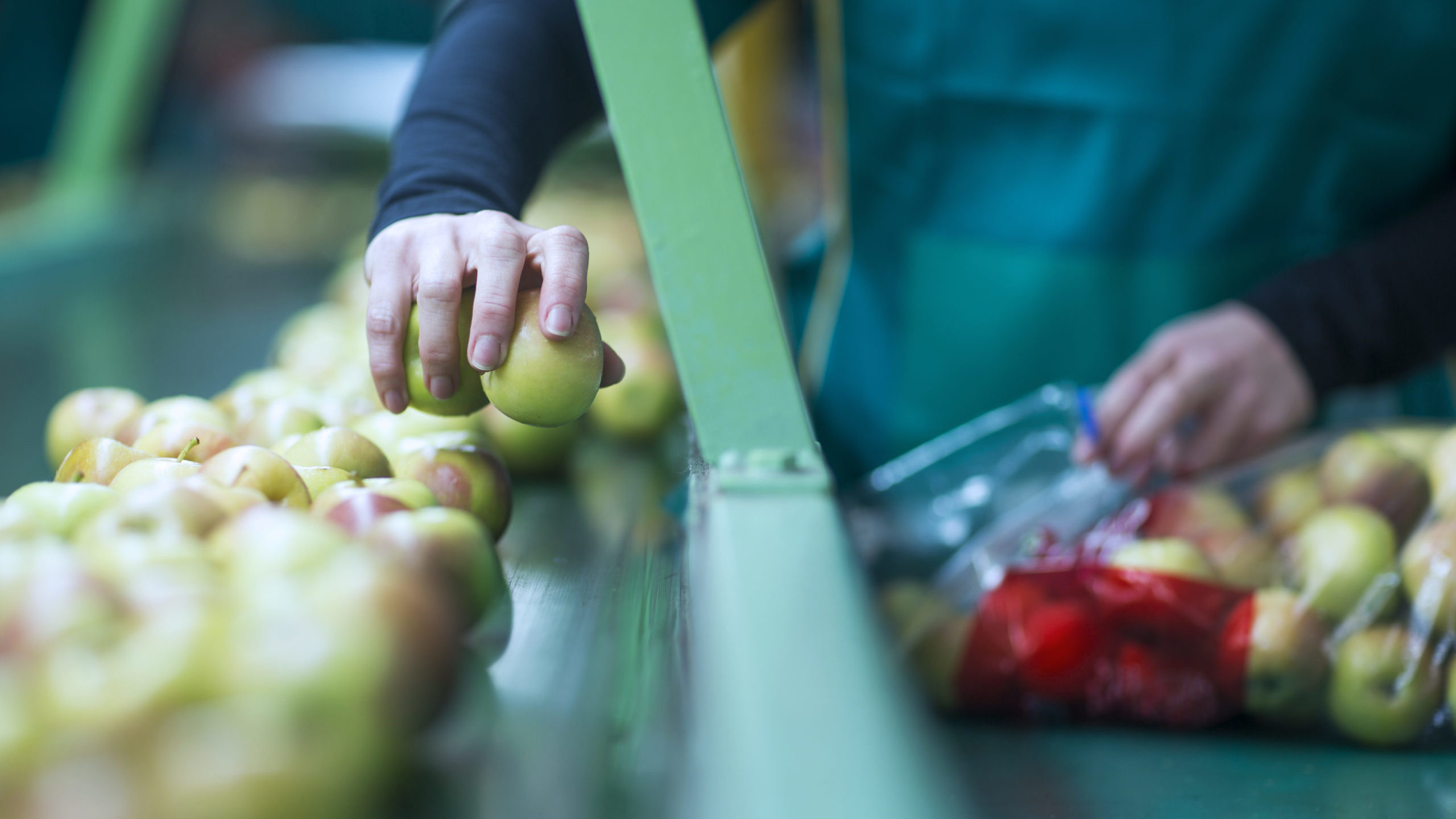Manufacturers say there are better pathways to eliminating plastic waste

“It is also hard to relate to considering the most basic of tasks are difficult to achieve without the use of plastic,” he says, adding that the “toxic” designation “simply doesn’t address the real underlying issues.”
“We need to focus our efforts and improve our collective ability to reclaim, sort and process plastics as a resource.”
Most of the plastic waste in Canada currently ends up in a landfill, according to the ECCC report. In 2016, the most recent year of data available, 86 per cent was landfilled, while nine per cent was recycled, four per cent incinerated with energy recovery, and one per cent leaked into the environment.
Toxic?
“Plastics aren’t toxic — they’re safe and inert, meaning they do not chemically react to other substances, even caustic or acidic ones,” according to the Washington, DC-based Plastics Industry Association.
Canada’s designation “raises interesting questions regarding the use of the Canadian Environmental Protection Act (CEPA) to control substances that do not fall within the common usage of ‘toxic’,” according to lawyers with Bennett Jones LLP.
They point to a Supreme Court of Canada ruling stating that the CEPA toxic list is “applicable to a restricted number of substances” that are “toxic in the ordinary sense.” Substances like lead, mercury and asbestos.
“In light of these holdings of the court, some may ask whether single-use plastics, such as plastic grocery bags, straws and stir sticks, are appropriately characterized and regulated as toxic substances,” Bennett Jones partner Brad Gilmour and colleagues wrote in a fall 2020 blog post.
Ottawa says the designation is a necessary regulatory step for it to proceed with mitigation measures like its proposed ban on many single-use plastics.
Canada’s plastics industry says that CEPA “is not an appropriate tool” for managing and eliminating plastic waste.
“The purpose of CEPA Schedule 1 is to manage chemicals found to be harmful to human health and/or the environment, either through regulation or bans. Plastics do not fit this category on a molecular basis,” the Chemistry Industry Association of Canada said in a statement this May.
“Plastics are a vital component to a number of industries that will be significantly harmed by this listing and ban.”
Considering the alternatives
Answering the question, “why use plastic packaging?”, a 2018 briefing by the UK government said it’s because plastic saves greenhouse gas emissions compared to alternatives, and it’s safe, hygienic, light weight, secure, durable, versatile, and recyclable.
Research has found that alternatives to many single-use plastics can actually be harder on the environment.
For example, a study by Imperial College of London found that if all plastic bottles were replaced with glass, the additional CO2 emissions would be equivalent to 22 large coal-fired power plants.
Production of paper bags also requires roughly four times more water than manufacturing plastic bags, and generates 3.1 times more greenhouse gases, according to the Australia-based Carbon Neutral Charitable Fund.
A major economic driver
The $35-billion per year plastic manufacturing industry accounts for over five per cent of Canadian manufacturing, delivered by more than 1,930 businesses, according to the ECCC report.
“Present in almost every modern product, global demand and production of plastics is growing,” wrote researchers with Deloitte and Cheminfo Services Inc.
The global plastics market is expected to grow to $759 billion by 2025, up from $622 billion in 2019, according to California-based BIS Research. The expected increase is attributed in part to a rising number of applications for plastics, and new opportunities related to recycling and bioplastics.
Competitiveness
Emmerson Packaging and Malpack are both members of the Responsible Plastic Use Coalition, launched this spring to respond to the “toxic” designation by the federal government. Among other things, they’re concerned about “severe uncertainty” for their businesses.
“We have witnessed and endured a mass exodus of manufacturing jobs in Canada over the years and this feels like it could be another step in that direction during a time global supply chains are under increasing strain and are fragile,” Cardoso said.
U.S. plastics manufacturers are concerned as well. The main risk, according to a multi-association statement published by the U.S. Chamber of Commerce, is that consumers would assume that every day and essential products that contain plastic are now toxic.
“Companies would face uncertainty in the marketplace regarding whether they can export to and sell their products in Canada,” the chamber said. It also warned the designation could create incentives for other global governments to ban plastics trade, which could impact over $10 billion in Canadian exports.
A circular economy
CIAC is advocating for a national “circular economy” framework for plastic where waste is removed from the system. It believes this can be achieved by focusing on improved product design, better recycling, collection and sorting, expanded end-use markets, and improved consumer education.
CIAC and RPUC say the “toxic” designation presents barriers to achieving a circular economy in Canada.
The sector itself has set a goal to make 100 per cent of plastic packaging recyclable or recoverable by 2030, and 100 per cent recovered and recycled by 2040.
Share This:





 CDN NEWS |
CDN NEWS |  US NEWS
US NEWS 
































